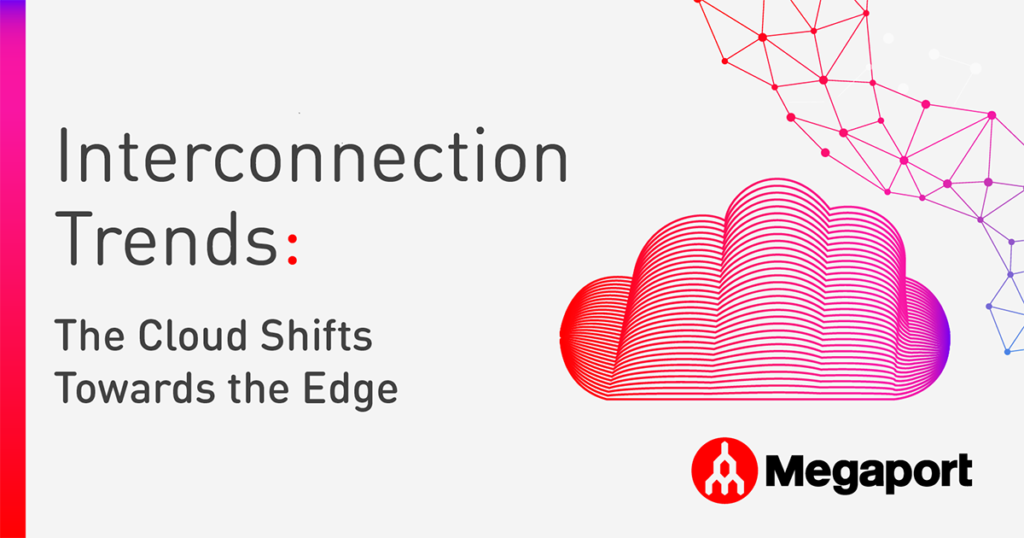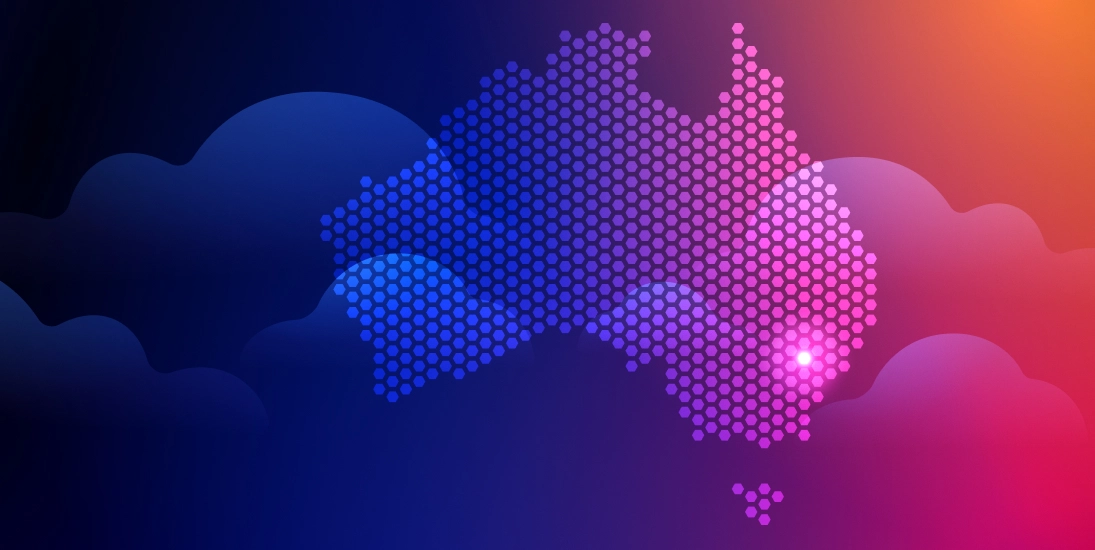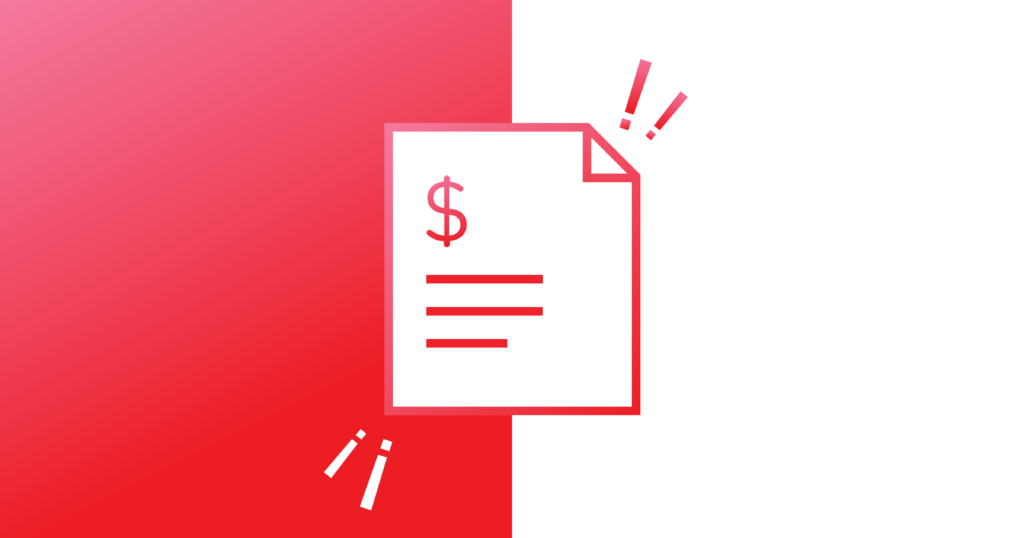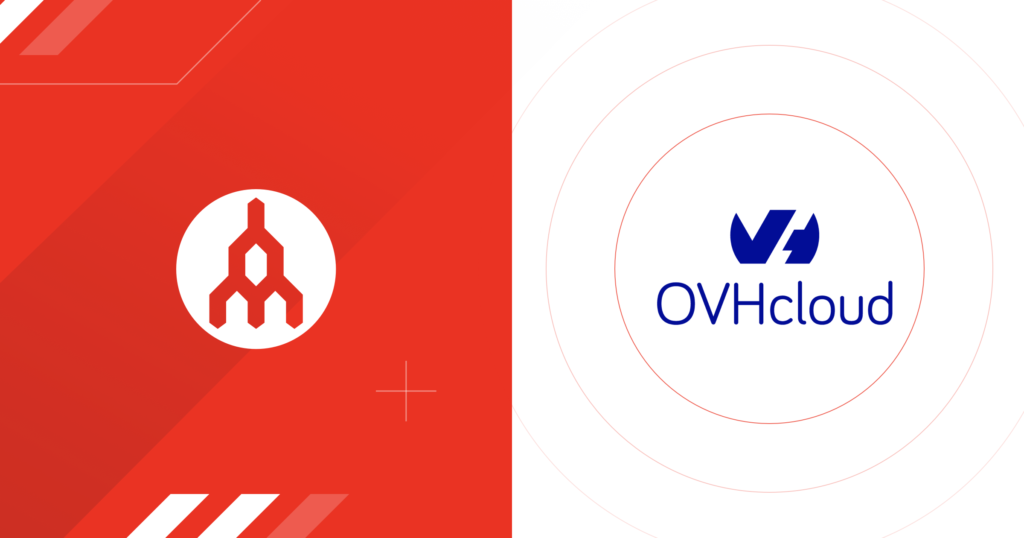
Interconnection Trends: The Cloud Shifts Towards the Edge
- November 27, 2019
Connectivity is king as edge computing reaches for the clouds in search of high-capacity bandwidth and processing power.
The use case for edge computing is a simple: why waste time and resources sending information back to a centralised data centre, when you can process and analyse that data as close to the action as possible?
It puts less pressure on the network, is easier to control, and means organisations can run programmes and analytics faster than ever before. It’s taken some time to mature, but it’s on its way to being a major catalyst for technology change.
There’s even been discussion in the industry over whether edge computing will be the successor to cloud technology – whether doing all the hard work away from a centralised repository will be the death of cloud-hosted infrastructure.
The edge won’t kill off the cloud
The most important thing to remember is that there’s a limit to how much of the heavy work can be handled at the edge of the network. Due to Internet of Things (IoT) and system-on-chip (SoC) devices usually being small and low-powered, resource-intensive deep learning and artificial intelligence processing will still need to happen separately.
If you’re dealing with petabytes of data, centralised hyperscale cloud processing is vital – but that won’t have to be the case for everything.
Rather than sacrifice all the latency and speed benefits of localised processing, this is more likely to prompt smaller cloud operations cropping up closer to the edge of the network. Deloitte’s chief cloud strategy officer, David S. Linthicum, sees this as an opportunity for organisations to embrace ‘edge-based cloud service replicants ’.
The edge and the cloud demand iron-clad connectivity
For devices and processes that live at the edge of a network – and they really can be anywhere – connectivity is the most important consideration. After all, there’s limited use in deploying IoT devices at the edge if you can’t bring the insights back to a central hub.
Combining the best of edge and cloud computing will be the most effective strategy for many organisations. They’re truly complementary technologies – if you have the connections to properly support them.
A dedicated connection brings together the low-latency and speed of the edge with the high-capacity bandwidth and processing power of the cloud, and it helps accelerate both centralised and edge computing.
Organisations are already taking notice of how effective edge and cloud are as a pair – only 15% of leaders that have deployed edge technology plan to separate it from their cloud initiatives.
For cloud providers, that’s going to mean expanding their networks to reach the edge. So, when you’re choosing between vendors, ensure you find one that can get you as close to the edge as possible – without sacrificing security or reliability.
Build that consideration into your connectivity strategy, and you’ll have all the building blocks for processing and using real-time data at the edge. And by doing this, you’ll be able to add even more contextual and historical data to your centralised infrastructure.
Learn more
This is just one of seven key interconnection trends we’ve identified – and we’re tracking its progress throughout this year and beyond. Read our guide to the industry’s top interconnection trends to learn about the rest.


